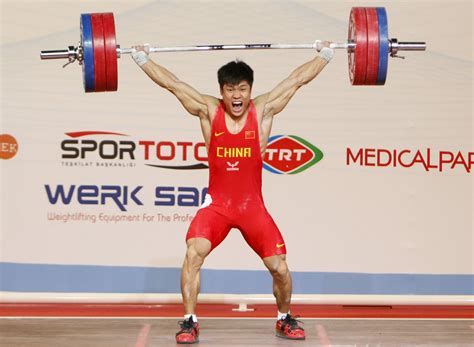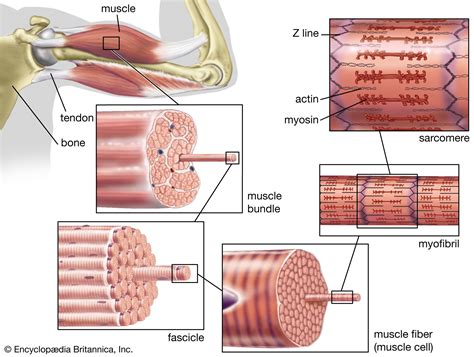How to break strength plateaus & optimize hypertrophy for peak performance?

Achieving peak physical performance requires a nuanced understanding of how to continuously challenge your body. For many lifters and athletes, the path to greater strength and muscle mass is often punctuated by frustrating plateaus. Breaking through these barriers and intelligently optimizing hypertrophy are critical for sustained progress and unlocking your full potential.
Understanding Strength Plateaus
A strength plateau occurs when your progress, measured by the amount of weight lifted or reps performed, stalls despite consistent training. These frustrating roadblocks are a natural part of the training process, signaling that your body has adapted to the current stimulus and requires a new challenge. Common causes include insufficient recovery, inadequate nutrition, overtraining, repetitive training routines, or simply hitting the genetic limits of your current training approach.

Strategic Approaches to Shatter Plateaus
To bypass these stagnant periods, a multi-faceted approach is necessary. Here are some key strategies:
- Manipulate Progressive Overload: Instead of just adding weight, vary how you apply overload. Increase repetitions with the same weight, decrease rest times, increase training frequency for a specific lift, or slow down the eccentric (lowering) phase of a movement to increase time under tension.
- Implement Deload Weeks: Periodically reducing training volume and intensity allows your body to fully recover, repair, and supercompensate, often leading to a surge in strength upon returning to heavier loads.
- Vary Exercise Selection: While consistency in compound movements is key, occasionally swapping out an exercise (e.g., barbell bench press for dumbbell press, back squat for front squat) can target muscles in slightly different ways, stimulating new growth.
- Refine Technique: Often, a subtle flaw in form can limit strength. Record your lifts and analyze them to ensure optimal biomechanics, which can unlock hidden strength and reduce injury risk.
- Increase Training Frequency: For specific lifts or muscle groups that are lagging, temporarily increasing how often you train them (e.g., squatting three times a week instead of two) can provide the necessary stimulus.

Optimizing Hypertrophy for Enhanced Performance
While strength is a key component of peak performance, optimizing muscle hypertrophy (growth) provides the structural foundation. Larger muscles generally have the potential to generate more force.
- Nutrition is Paramount: Ensure a caloric surplus if your goal is muscle gain, along with adequate protein intake (typically 1.6-2.2g per kg of body weight) to support muscle protein synthesis. Carbohydrates fuel your workouts and aid recovery, while healthy fats are crucial for hormone production.
- Prioritize Recovery: Quality sleep (7-9 hours per night) is non-negotiable for muscle repair and hormone optimization. Manage stress effectively, as chronic stress can elevate cortisol, hindering recovery and muscle growth.
- Focus on Time Under Tension (TUT): Emphasize controlled movements, feeling the muscle work through its full range of motion. Slowing down the negative portion of lifts can significantly increase TUT.
- Mind-Muscle Connection: Consciously focus on contracting the target muscle during each rep. This enhances neural drive and recruitment of muscle fibers.
- Strategic Periodization: Structure your training into blocks focusing on different goals (e.g., a strength phase followed by a hypertrophy phase) to maximize adaptations over time.

Advanced Techniques for Sustained Growth
Once basic principles are mastered, incorporating advanced techniques can provide new stimuli:
- Drop Sets: Immediately reducing the weight after reaching failure and continuing with more reps.
- Supersets & Tri-sets: Performing two or three exercises back-to-back with minimal rest, either for opposing muscle groups or the same muscle group for increased intensity.
- Rest-Pause Training: Performing a set to near failure, resting briefly (10-20 seconds), and then performing a few more reps.
- Cluster Sets: Breaking a set into mini-sets with short rests in between, allowing for more reps with heavier weight.

Conclusion
Breaking strength plateaus and optimizing hypertrophy are not about working harder, but about working smarter. By understanding the principles of progressive overload, prioritizing recovery and nutrition, and strategically varying your training, you can continuously challenge your body, unlock new levels of strength, and build the muscular foundation necessary for peak performance. Consistency, patience, and intelligent adaptation are your greatest allies on this journey.








